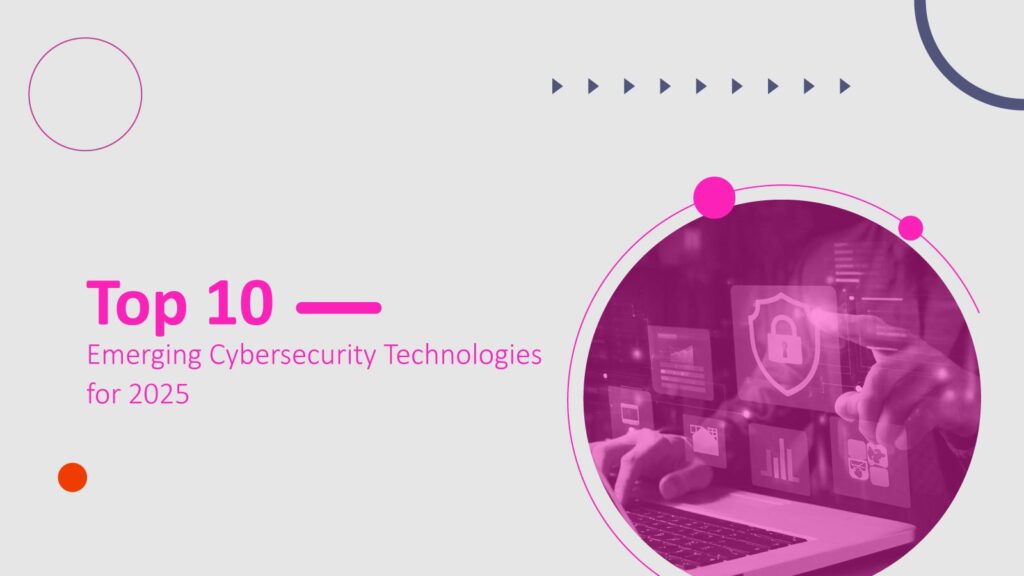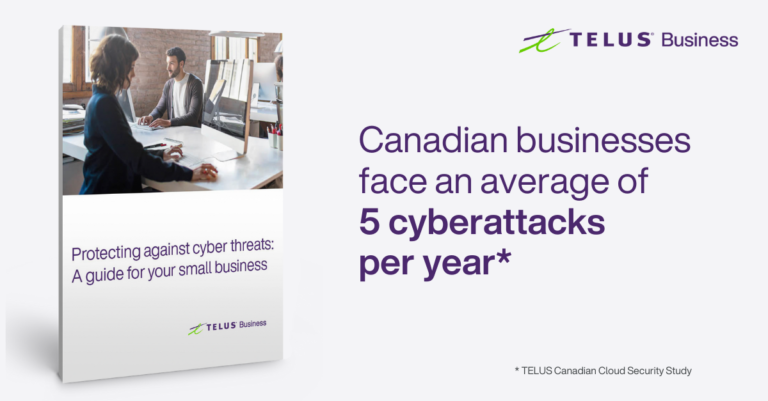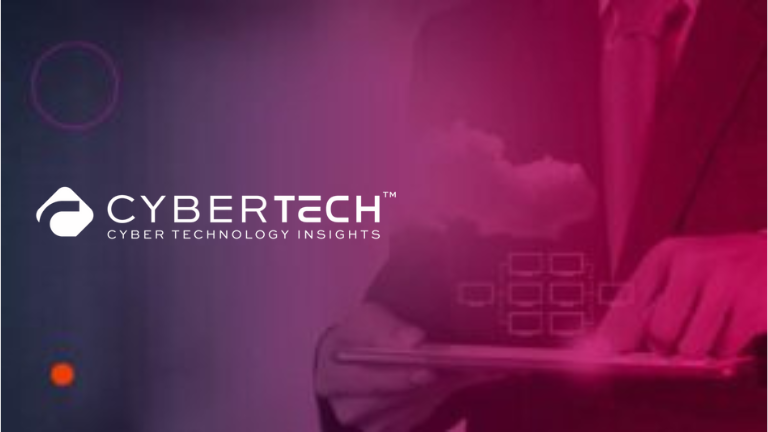Cybersecurity is no longer just a technical challenge—it’s a strategic business imperative. As we move toward 2025, the need for robust, adaptive security measures has never been more critical. The increasing reliance on cloud-based technologies, coupled with the growing sophistication of cyber threats, has created a rapidly evolving cybersecurity landscape. As businesses expand their digital footprint, the potential for cybersecurity solutions to innovate and grow is immense. The future of cybersecurity lies in integrating advanced technologies to create multi-layered, proactive defenses that can stay one step ahead of emerging threats.
Outsourcing cybersecurity can play a pivotal role in fortifying your organization’s defenses. From customization to implementation, management, and proactive monitoring, a trusted managed IT provider offers expertise that can help ensure comprehensive protection. The right partner can collaborate with your team to develop a Defense-in-Depth (DiD) strategy. For CISOs and IT managers, staying informed and agile in the face of these advancements is essential for safeguarding the organization’s digital assets.
As cyber threats become more complex, understanding the evolving role of these technologies will be key to crafting strategies that not only defend against today’s risks but also anticipate and mitigate those of the future. In a rapidly evolving cybersecurity landscape, several emerging technologies are expected to play a pivotal role in shaping security strategies by 2025.
Here are the top 10 emerging cybersecurity technologies to watch out for in 2025:
1. Zero Trust Architecture (ZTA)
Zero Trust is an important security architecture, offering a comprehensive IT modernization approach that goes beyond just applications and networks—it also impacts people and processes. ZTA is a security architecture built to offer a comprehensive security model. ZTA is based on the Zero Trust Security (ZTS) model that focuses on minimizing the network’s attack, surface, preventing lateral movement of threats, and lowering the risk of a data breach.
In 2025, ZTA will become a standard approach in the cybersecurity landscape. ZTA backed by the ZTS model will focus on enhancing cybersecurity technology and become a standard approach in cybersecurity measures.
Palo Alto Networks is a leading cybersecurity company offering robust and comprehensive Zero Trust Architecture. Its Zero Trust framework focuses on offering secure remote access, threat intelligence, and continuous security inspection by eliminating implicit trust and continuously validating every interaction.
Key focus of technology:
- Zero Trust Security Model
- Lower the Risks of Data Breach
- Enforcing Strict Access Controls
2. Artificial Intelligence (AI) and Machine Learning (ML) in Threat Detection
AI and ML like advanced technologies in threat detection will be key factors in real-time cyber threat detection. These technologies will enhance the ability to detect cyber threats in real-time. These technologies enable organizations to analyze vast amounts of data for unusual patterns and automate responses to potential threats.
AI and ML technologies will significantly enhance threat detection capabilities to analyze vast datasets, allowing for adaptive, real-time responses to cyber threats.
SentinelOne offers an innovative platform for cybersecurity needs in the landscape of cyber threats by employing AI and ML algorithms for real-time threat detection and response capabilities across enterprise environments. The platform is designed to identify evolving cyber threats by automating and streamlining security operations.
Key focus of technology:
- Real-Time Cyber Threat Detection
- Automate Responses to Potential Threats
- Improved Cybersecurity Solution
Recommended: Is Your Healthcare Data Safe? Discover the Top AI Cybersecurity Tools Protecting the Industry

3. Privacy-Enhancing Computation (PEC)
As data privacy concerns grow and regulatory requirements tighten, the focus shifts to PEC making it a crucial emerging technology in the cybersecurity space with a focus on data privacy.
PEC encompasses various advanced techniques that allow organizations to analyze and process sensitive data enabling secure data processing without revealing the actual data and preserving privacy.
PEC is becoming increasingly important for organizations in view of data privacy and to collaborate securely in untrusted environments and comply with stringent data privacy regulations.
IBM is a tech giant in this space offering a wide range of privacy-enhancing technologies as part of its IBM Cloud platform. Homomorphic encryption and secure multi-party computation are among their solutions, which enable businesses to analyze encrypted data without compromising privacy.
Key focus of technology:
- Ensure Sensitive Information Remains Confidential
- Regulatory Compliance
- Enhancing Security Against Data Breaches
4. Extended Detection and Response (XDR)
XDR solutions are becoming essential components of modern cybersecurity strategies as organizations face sophisticated cyber threats in real-time. XDR facilitates more efficient detection and quicker response by integrating multiple security solutions into a single platform.
In 2025, the XDR technologies-driven solutions are poised to play a critical role in the cybersecurity landscape in response to sophisticated cyber threats. XDR technologies will evolve significantly, enhancing their capabilities to detect, investigate, and respond to threats.
Microsoft Defender XDR provides a unified security solution that integrates threat detection, investigation, prevention, and response across endpoints, email, identities, and cloud applications. It leverages AI-driven analytics to enhance threat detection capabilities.
Key focus of technology:
- Enhancement in Unified Threat Detection and Response
- Automated Incident Response
- Enhanced Visibility and Contextual Awareness
5. Advanced Endpoint Protection (AEP)
As remote work becomes more prevalent, protecting endpoints like laptops and mobile devices is critical. AEP to endpoint devices from unauthorized access, malware, and other cyber threats has become crucial to organizations for a safe and secure cloud network.
AEP is set to become a cornerstone of organizational cybersecurity strategies. AEP solutions are evolving to provide comprehensive protection for endpoint devices. In 2025, AI-driven analysis and real-time threat detection will be integrated into AEP solutions, going beyond traditional antivirus software.
McAfee‘s MVISION is a comprehensive solution that offers Endpoint Security that combines traditional antivirus capabilities with advanced threat detection features powered by ML.
Key focus of technology:
- Proactive Threat Detection
- Cloud-Based Management
- Integration with Broader Security Ecosystems
6. Cybersecurity Automation
Automation technologies will streamline security operations by automating repetitive tasks such as threat detection, incident response, and security patching. As automation is growing across the sector, it is likely to play a crucial role in streamlining security operations by automating repetitive tasks such as incident response and security patching.
Cybersecurity automation technologies involve advanced technologies to streamline and enhance security operations. Cybersecurity automation is focused on enhancing the efficiency, accuracy, and scalability of security operations, making it an essential component of modern cybersecurity strategies.
FireEye is an intelligence-led company offering a wide range of cybersecurity automation solutions to organizations. Its AI-backed solutions are designed to enhance threat detection, investigation, and response capabilities. The advanced threat detection and response solutions offer streamlined incident-handling processes using automation allowing security teams to focus on complex issues.
Key focus of technology:
- Threat Detection and Response
- Vulnerability Management
- Compliance Monitoring
Recommended: Cybersecurity Simplified: What is Cybersecurity in 2025?
7. Secure Access Service Edge (SASE)
SASE is a modern cloud-based network that combines network security functions with wide-area networking (WAN) capabilities, providing secure access to cloud resources for remote workforces. This model enhances performance and security by connecting users directly to cloud services via the nearest edge location.
The SASE concept is projected to evolve significantly by 2025, driven by increasingly integrated security and networking solutions in a cloud-centric environment. The integration of network security functions with WAN allows organizations to securely connect users, devices, and applications regardless of their location.
Zscaler offers a comprehensive SASE solution that integrates security and networking capabilities to enhance the protection of users, devices, and applications across various environments. With its integrated security functions it offers Secure Web Gateway (SWG), Zero Trust Network Access (ZTNA), and Cloud Access Security Broker (CASB) functionalities.
Key focus of technology:
- Convergence of Networking and Security
- Zero Trust Architecture
- Support for Remote and Hybrid Work
8. Biometric Authentication
Biometric authentication is a digital security process utilized widely by organizations and governments to verify a person’s identity based on their unique biological characteristics like fingerprint, facial recognition, and iris/retina scan.
The use of biometric authentication technology will witness significant improvement and rise globally. Its use in public safety and law enforcement will continue to grow in 2025 making it a key technology in cybersecurity solutions in authentication as organizations seek to enhance security while balancing user convenience.
Qualcomm is a significant player in the biometric authentication sector, leveraging its advanced technology to enhance security across various applications. The company is involved in developing biometric solutions for endpoint devices such as smartphones, laptops, and other IoT devices.
Key focus of technology:
- Privacy and Data Security
- Integration with AI
- Improved User Experience
9. Internet of Things (IoT) Security Solutions
IoT Security refers to the strategies, tools, and processes designed to protect the various components of the IoT ecosystem, which includes physical devices, data, applications, and network connections. The landscape of IoT security solutions evolving rapidly as organizations increasingly adopt and integrate IoT devices across various sectors into everyday life and business operations.
IoT security solutions ensure organizations’ security is crucial to prevent data breaches and protect sensitive information. The rise in IoT devices will require specialized measures to protect these devices vulnerable to cyber threats. Solutions will include device anomaly detection, fingerprinting, and enhanced monitoring capabilities.
Symantec (Broadcom) offers a comprehensive suite of IoT security solutions with a focus on protecting connected devices and networks from potential cyber threats. Their security solution approach focuses on providing robust security measures to the unique challenges posed by the IoT ecosystem.
Key focus of technology:
- Enhanced Device Authentication
- AI and Machine Learning Integration
- Endpoint Protection and Threat Intelligence
10. Human-Centric Security Approaches
Human-centric security approaches in cybersecurity solutions are crucial in the overall development and enhancement of cybersecurity solutions in 2025. The significance of understanding human behavior, psychology, and needs is stressed in these approaches when designing and implementing security measures.
The human-centric security approaches driven technologies represent a proactive shift in cybersecurity strategies and address complexities of modern threats while ensuring robust protection for sensitive data in an increasingly digital world. It recognizes that human error is a significant factor in many security breaches and aims to create systems that are intuitive, user-friendly, and effective in mitigating risks.
Proofpoint, a leading cybersecurity company, provides security solutions that are human-centric to organizations. The company prioritizes the protection of individuals within organizations who are vulnerable to cyber threats in an ever-evolving cybersecurity space.
Key focus of technology:
- Understanding Human Behavior
- Creating a Security Culture
- Behavior-Based Training
Recommended: Cybersecurity Simplified: What is Endpoint Protection in 2025?
How Partnering with a Managed IT Provider Can Strengthen Security and Boost Business Efficiency
As we approach 2025, the rapid digitalization of technologies is reshaping business operations globally, presenting both new opportunities and significant challenges in cybersecurity. For CISOs and IT Managers, staying ahead of this transformation requires a proactive and adaptive security strategy. Leading managed IT providers offer a holistic approach to security, combining advanced technologies such as firewalls, encryption, vulnerability management, and AI-powered monitoring with Zero Trust principles. This multi-layered defense architecture is designed to create a robust security posture that is resilient against today’s threats and future-proofed for the evolving risks of tomorrow.
For CISOs and IT Managers, staying informed about emerging cybersecurity technologies is critical for crafting robust, adaptable security strategies. By partnering with managed IT providers, organizations can confidently navigate the complexities of the evolving threat landscape, strengthening their defenses and supporting business continuity in a rapidly changing digital world.
To share your insights, please write to us at news@intentamplify.com



